How to choose the grinding degree of Philharmonic pressure? How to use Philharmonic pressure to make coffee?
Professional coffee knowledge exchange more coffee bean information please follow the coffee workshop (Wechat official account cafe_style)
I have a lot of hands, and I occasionally want to try other brewing methods. I happen to be interested in this instrument recently, so the editor plans to use Philharmonic pressure to make a cup of coffee. But the editor suddenly thought of a question: what degree of grinding should you choose if you press it with Elle? After all, grinding is very important for a cup of coffee. So today, the editor will first determine the degree of grinding of the Philharmonic pressure choice.
The beans we use for experiments today are [Panamanian Alida Iron pickup]
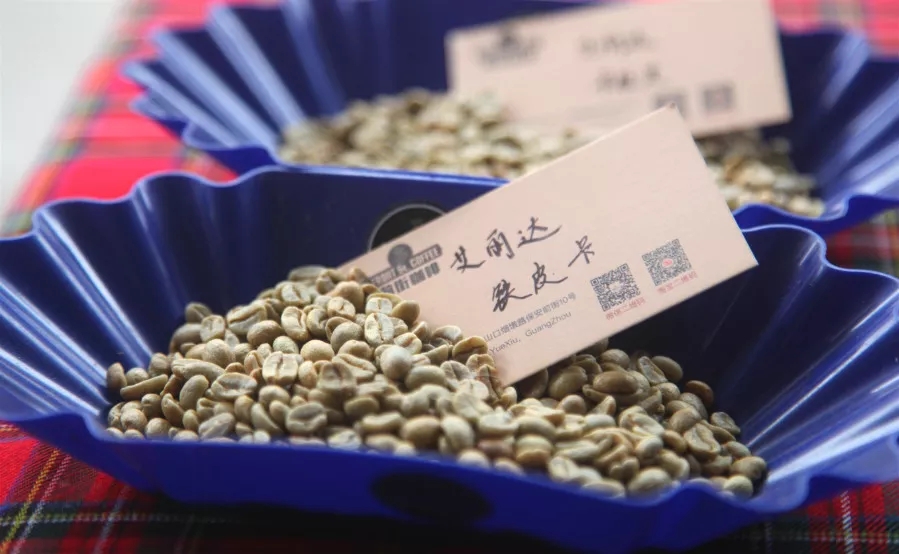
Erida Manor in Panama
Producing area: Pokuit producing area of Panama
Manor: Erida Manor
Altitude: 1850 m
Variety: iron pickup
Treatment: insolation
Baking degree: shallow baking
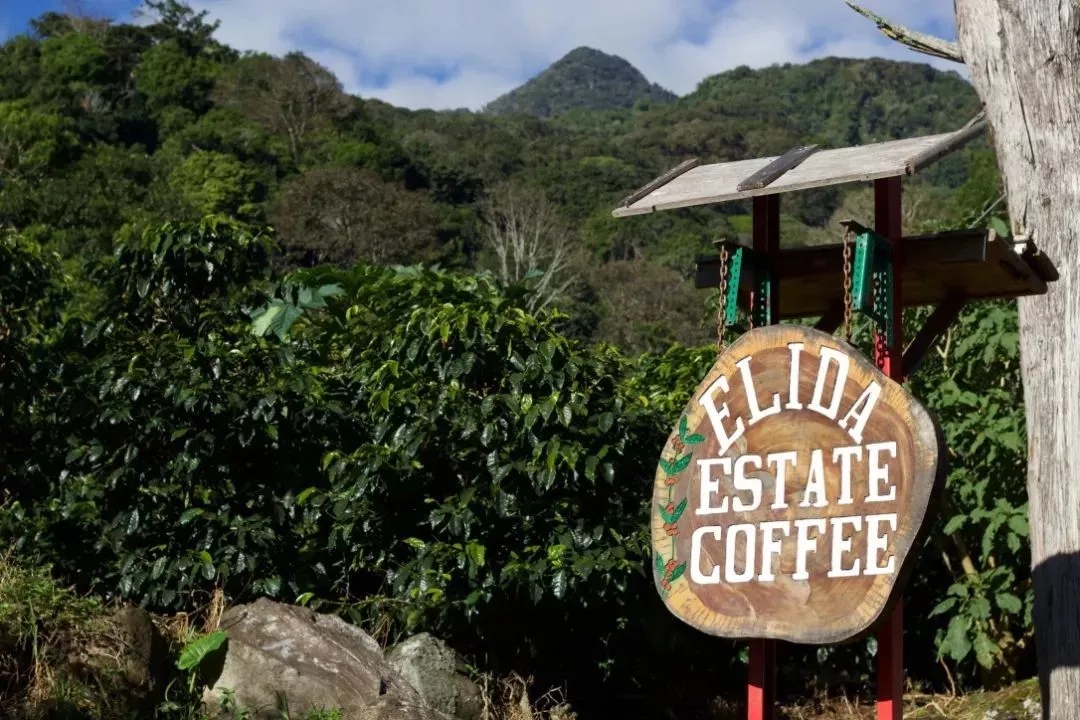
Elida Manor in Panama is located in Pokuit, a famous boutique coffee producing area in Panama. Coffee is grown from 1670 meters to 1850 meters above sea level. At such a high altitude, the low temperature delays the ripening of coffee berries, which is about a month later than the normal ripening period. The fertile volcanic soil provides sufficient nutrients for coffee, coupled with the good microclimate brought by Baru volcano, which enables Elida Manor to achieve good results in cup test competitions.
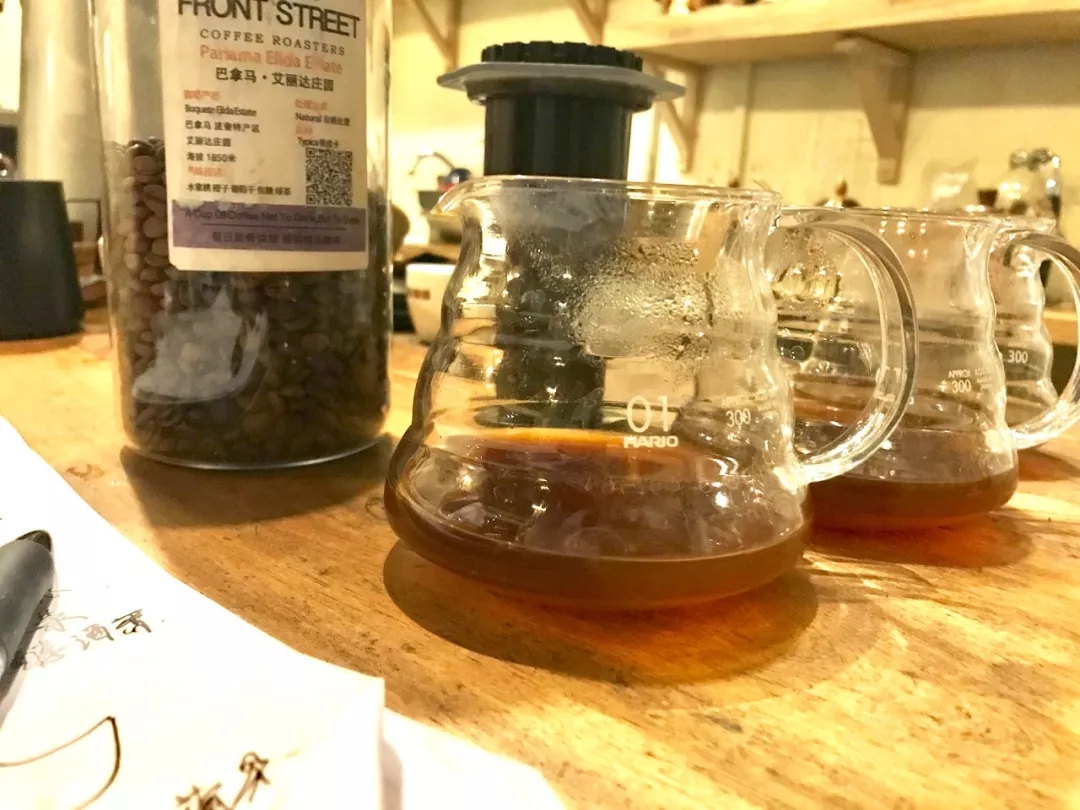
The grindness of this test is BG 5m (60% of Chinese standard 20 screen pass rate), BG 5R (Chinese standard 20 screen pass rate 58%), BG 6m (Chinese standard 20 screen pass rate 47%), other parameters and methods are basically the same.
Parameters: 15g powder, water temperature 90 ℃, ratio of powder to water 1:15, extraction time: 2 minutes
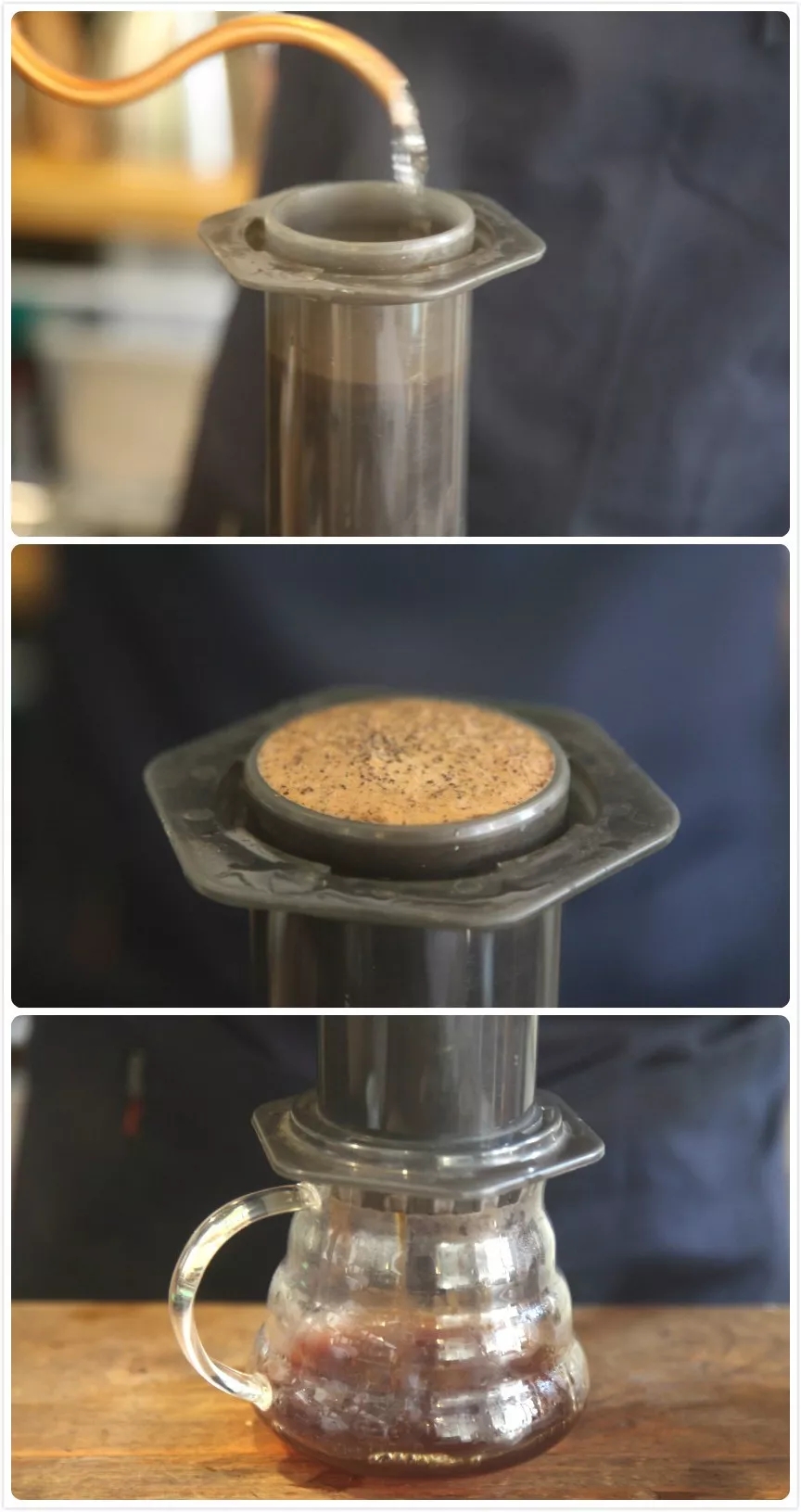
Technique: directly pour water to 225 grams, stir in 1 minute, invert Philharmonic pressure for 1 minute and 30 seconds to press the coffee out.
[BG 5M]
[flavor] fermented fruit is full-bodied, with blueberry, cocoa flavor and Xuanmi tea aftertaste, the whole is a more balanced feeling, but slightly mixed flavor.
[BG 5R]
[flavor] the entrance has carambola, berry flavor, with a hint of fermented wine, Xuanmi tea aftertaste, the overall flavor is clean and light.
[BG 6M]
[flavor] with fermented fruit aromas, slightly acerbic on the palate, with aromas of berries, nectarines, lemon peel and Xuanmi tea.
[summary]
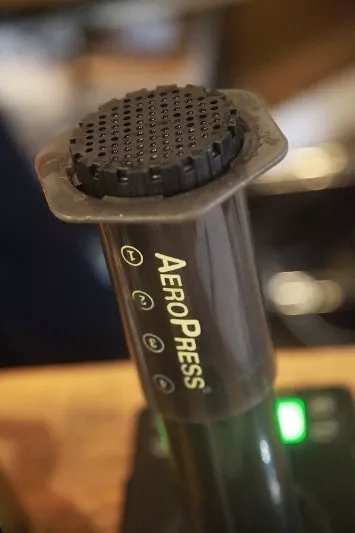
The editor compares the three grinding degrees and feels that [BG 5R] is more suitable for Alida's beans, which is similar to the grinding we usually use to make hand-brewed coffee.
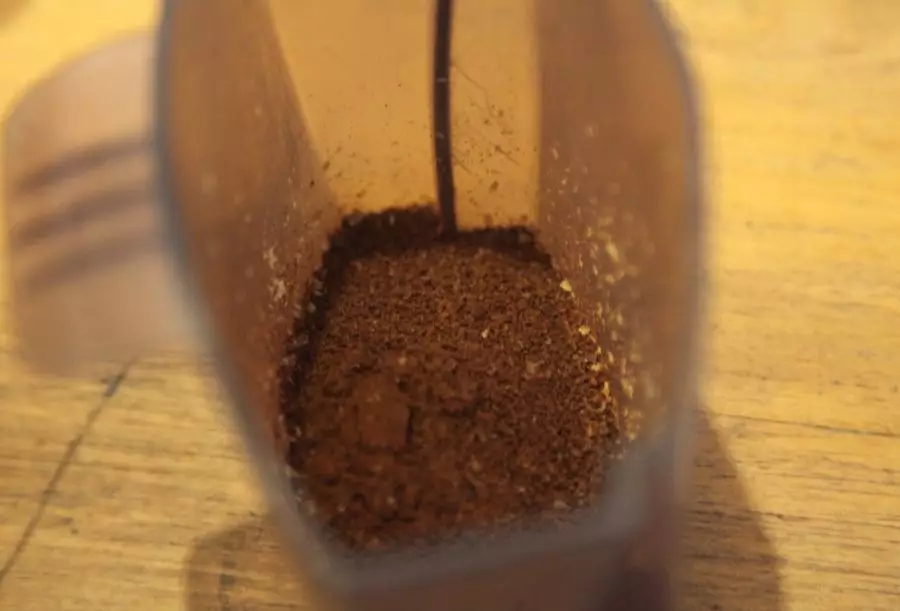
If the degree of grinding is relatively fine, then it is easy to be extracted and tasted like fine powder, while if the degree of grinding is coarse, it is easy to be sharp and sour, and there will be insufficient extraction. [BG 5R] is a relatively moderate degree of grinding, extracted coffee in the sweet and sour performance will be more balanced.
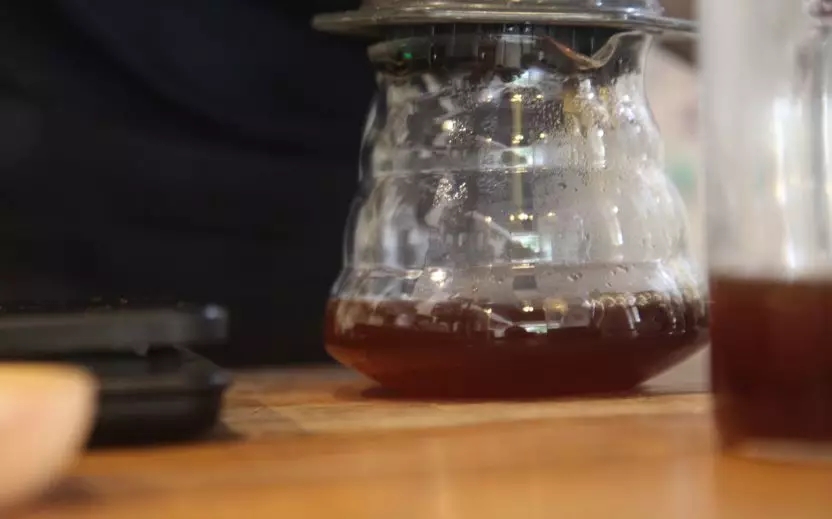
When hand flushing, this Arida will have obvious raisin sweetness and peach-like sweet and sour feeling, while when it is made with Philharmonic pressure, it will have a more refreshing feeling. If you change the way of extraction, it can be said to get a completely different feeling!
However, other ways of playing the Philharmonic pressure are also matched with other different degrees of grinding ~ as to what kind of play we have the opportunity to discuss later!
Important Notice :
前街咖啡 FrontStreet Coffee has moved to new addredd:
FrontStreet Coffee Address: 315,Donghua East Road,GuangZhou
Tel:020 38364473
- Prev
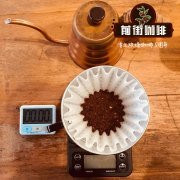
There are five differences in the honey treatment of coffee beans. The water washing method also has full water washing and half water washing.
Professional coffee knowledge exchange more coffee bean information please pay attention to the coffee workshop (Wechat official account cafe_style) honey treatment Honey (Miel) Processing honey treatment through the machine to remove the peel and pulp, retain pectin for sun drying. White Honey honey 80% mae 90% pectin was removed. Yellow Honey yellow honey retains 50% pectin and has no fermentation. Accept the most
- Next

The world champion of flower drawing teaches you the skill of coffee flower drawing, the skill of making coffee flowers with milk foam and how to beat them.
Professional coffee knowledge exchange more coffee bean information please follow the coffee workshop (Wechat official account cafe_style)
Related
- What is the meaning of lactic acid fermentation with coffee bean treatment?
- How to judge the state of foam by sound?
- How does the latte pull out the unicorn pattern? Come to get for a little trick to improve the flower pull!
- Will flower pulling affect the taste of the latte?
- Do you know the history of coffee?
- The difference between honey treatment and sun washing what is raisin honey treatment?
- What kind of milk can a novice use to make coffee foam to keep the foam longer? The correct method and skills of milking tutorial sharing
- Why do washed coffee beans taste sour? Flavor characteristics of washed Coffee
- Introduction to the skill of how to practice the size and height of water injection around the circle of hand-brewed coffee
- How do beginners practice coffee flower drawing from scratch?

